Tattoos have boomed for years. A growing number of tattoo studios and skilled tattoo artists specialize in diverse ways to permanently tattoo the skin. Today, not just superstars but also regular individuals acquire tattoos. Tattoos have long had a negative reputation, but today they’re more tolerated. Do you know tattoo history? Tattoos—and the name “tattoo”—are from where? If you love tattoos or want to become a tattoo artist, keep reading.
Tattoo origins?
Tattoos are 5,000 years old. Archaeological evidence shows Neolithic humans used tattoos for mystical rites of passage or battle symbols. Ancient Egyptian women religiously tattooed themselves. Amunet, the mummy of an Egyptian priestess, has lines and points tattooed on her body. In 1991, two German mountaineers unearthed the mummies of Ötzi, a man who died approximately 3,255 BC in the Alps. His tattoos were horizontal, primarily black lines with healing properties. Tattoos identified enslaved people and criminals in Ancient Greece. Ancient Rome copied this Persian strategy to identify deserting mercenaries.
European tattoo history
Egyptians to European sailors. As read. Captain James Cook’s 1769 expedition found the tattoo in Europe. He sailed the world and brought back the Polynesian phrase “tatau,” meaning “to mark,” from Tahiti and Polynesia, where tattoos were common. Polynesians have geometric tattoos on their entire bodies throughout their lives. Tattoos also symbolized social prestige, bravery, or magic, depending on the region. Cook introduced tattoos to Europe. After decades, sailors tattooed themselves to stand apart. These tattoos were connected with a crime over time because some sailors were criminals who never set foot on dry land to avoid conviction. The first tattoo parlor opened when? Sutherland McDonald opened the first UK professional tattoo studio. In 1889, in Victorian London. The tattoo was associated with marginal individuals, yet numerous historians say it infiltrated the European aristocracy.
Today’s tattoo meaning?
Tattoos have cycled through societal movements. Today, tattoos are popular again. Tattoos are now a form of self-expression and personal identity. Due to the tattoo boom, new tattoo techniques and styles have evolved, as well as more studies and professional training to practice tattooing safely. This tattooing how-to may interest you. Thus, the tattoo has evolved from a mystical symbol and a mark of crime to a means of expression that has created a robust business you may access through a master’s degree in tattoos like the one we offer at Escuela Des Arts. Start tattooing immediately.
Timeline With Evolution
Tattoos from the beginning
Tattoos are considered to have been invented between 3370 BC and 3100 BC. The oldest evidence of tattoos is found on the mummified skin of ancient remains. Some societies are thought to have tattooed skin as early as 2100 BC. Tattooing has been discovered in China, Sudan, Russia, Greenland, the Philippines, and other places. It was a common practice in many parts of the world. Otzi the Iceman provided some of the first evidence of tattooing. Otzi is a mummy discovered in the Otxal Alps, hence his name. He has 61 tattoos on his body, most of which are on his legs. According to experts, these tattoos were created using soot or fireplace ash.
Tattoo Traditions from the Past
Many tattoos are based on old traditions that differ from region to country. It’s incredible to watch how these tattoos have evolved throughout time.
Asia and China
Tattoos were considered savage in this country; therefore, getting one was a taboo practice. Despite this, tattoos have been discovered on Asian mummies from 2100 BC to 550 BC. Criminals are thought to be branded with a tattoo on their faces as punishment for their crimes. This was done to alert people that they were an untrustworthy character. Tattoos are mentioned in ancient Chinese literature for criminals and folk heroes.
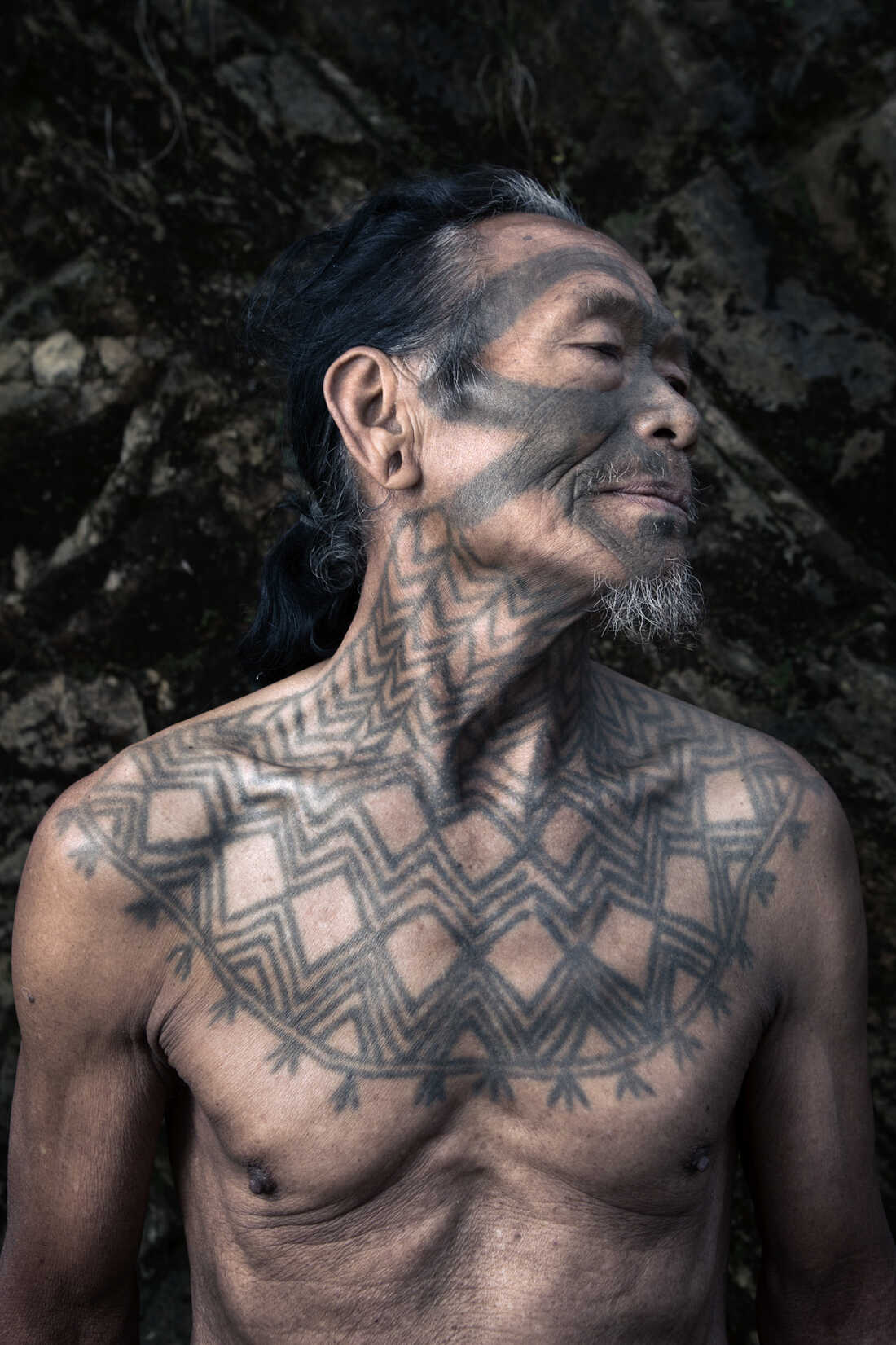
Samoa
Tattooing may have sprung from the Samoan word tatau. To get a tattoo. Tattooing is a cultural practice in Samoa, a talent passed down from father to son. It has been practiced for over two thousand years and is primarily done by hand. Tattooing was extremely painful and may persist for weeks at a time. Tattooing instruments were fashioned from boar and shark teeth. A new chief’s ascent to the office was frequently marked with tattoo rituals. However, if someone cannot take the anguish of the procedure, they will bear the stigma of disgrace.
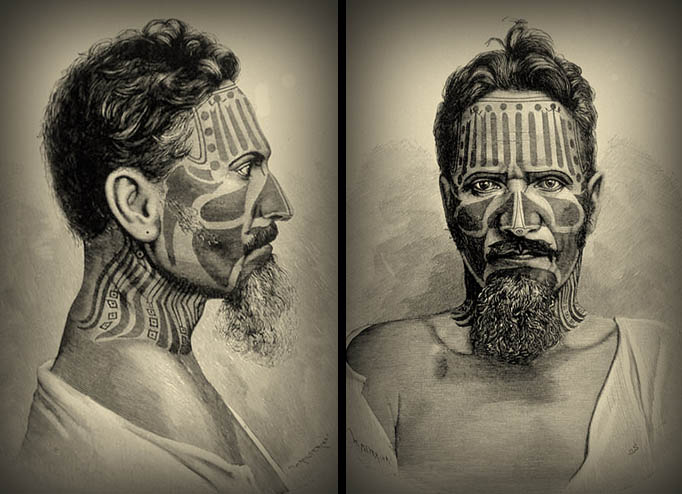
Egypt
Tattooing was thought to have exclusively been done on women in ancient Egypt, according to academics. This is due to the scarcity of ancient Egyptian male bodies with tattoos. Women’s mummified remains, on the other hand, were frequently discovered with tattoos. What’s intriguing is that tattooing may have evolved as a medical procedure. Tattoos found on female mummies, such as the priestess Hathor, suggest that they were employed to cure pelvic peritonitis.
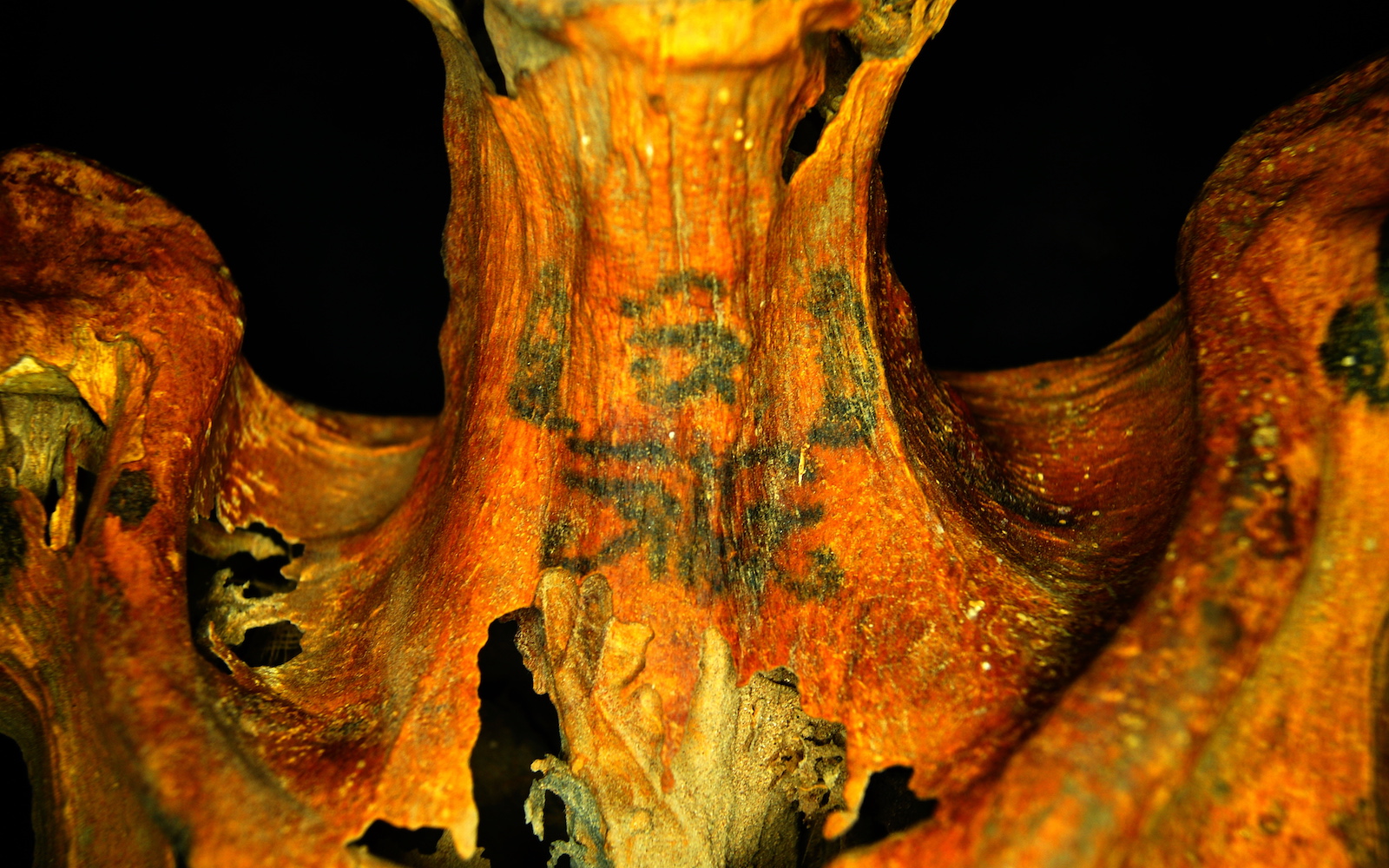
Greece and Rome in Antiquity
Tattoos were employed as punishment in Ancient Greece and Rome, as criminals were branded with marks to distinguish them from society. During this time, enslaved people were also branded to show ownership. In some circumstances, they were also impressed to demonstrate that they had paid their taxes.
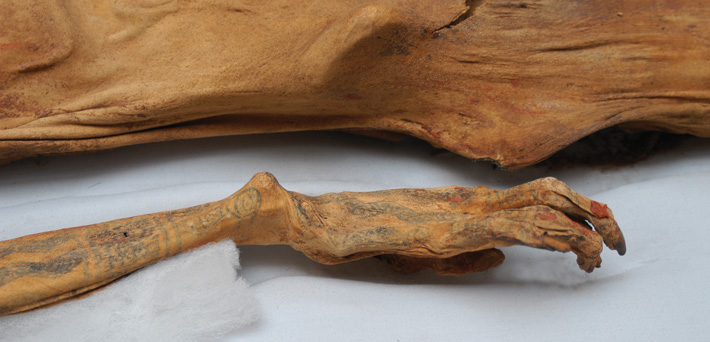
Tattoos at the Turn of the Century (20th Century)
As we enter the twentieth century, we notice that tattoos are still considered taboo in many societies. Because the stick-and-poke approach was still the only means to get a tattoo at the time, they were extremely painful to obtain. If you had tattoos, you were frequently considered an outcast.
Tattoos and Sailors
During this period, sailors were encouraged to have meaningful tattoos. The photographs they chose were all significant. A bird, for example, indicated that the sailor had traveled 5,000 miles, while a turtle indicated that they had crossed the equator. This is where nautical tattoos like anchors became popular, and they are still in high demand today. Patriotic tattoos were also popular among sailors in the Navy and Army men. These were considered more acceptable, but tattoos were still frowned upon.
Freaks of the Circus
Tattoos were such an ‘out there’ concept in the early twentieth century that people paid to see them. Tattooed persons would frequently accompany circuses, putting themselves on show. Several tattooed persons became well-known for the artwork they wore. One of them was John O’Reilly, also known as “The Tattooed Irishman.” He was mentioned in the Brooklyn Daily Eagle as early as 1887. They pointed out that his tattoos were evidence of his “barbaric practices.” Emma de Burgh was another well-known tattooed performer. Her tattoos were primarily religious, reflecting the Last Supper and Calvary, and were done by the same artist as John O’Reilly.

Cosmetic Tattoos in the 1920s
Tattooing was booming in the female market at the time. Because it was so pricey, it was considered a good substitute for ordinary make-up. Women are more likely to get brow and lip liner tattoos. However, because tattoos were still considered taboo at the time, many women chose to conceal their tattoos.
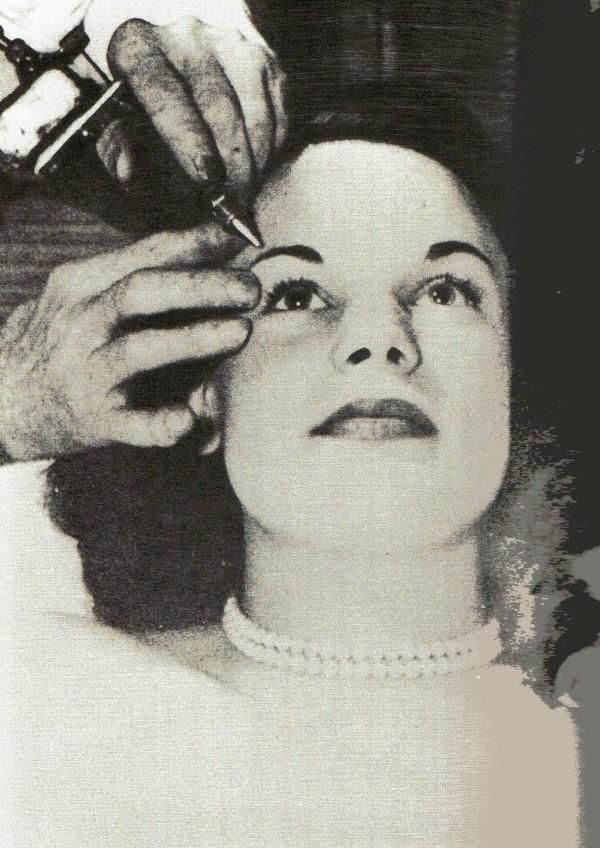
Tattoos with Social Security Numbers
Social Security numbers were introduced in the 1930s, and people were severely reminded to learn their numbers. Some people were so anxious that they might forget theirs that they tattooed it someplace on their bodies so they would always have access to it. People that did this, however, kept it quiet. A popular idea at the time held that obtaining a tattoo constituted a sexual act. Hence many people avoided having one.
Tattoos have been popular since the 1950s.
When the war ended, and life returned to normal, there was a significant shift toward traditional family life. As a result, tattoos went back underground. Women were no longer obtaining tattoos as they had done during the war, as this was frowned upon once more.
The 1960s and 1970s
However, as we progressed into the 1960s and 1970s, there was another major revolution in society. People began to question the current quo, which resulted in the popularity of tattoos skyrocketing. As individuals protested the Vietnam War in the 1960s, the peace sign became a popular tattoo design, while patriotic motifs fell out of favor. Tattoos were more popular than ever in the 1970s. Janis Joplin was even photographed for the cover of Rolling Stone magazine with a tattoo on her left wrist.
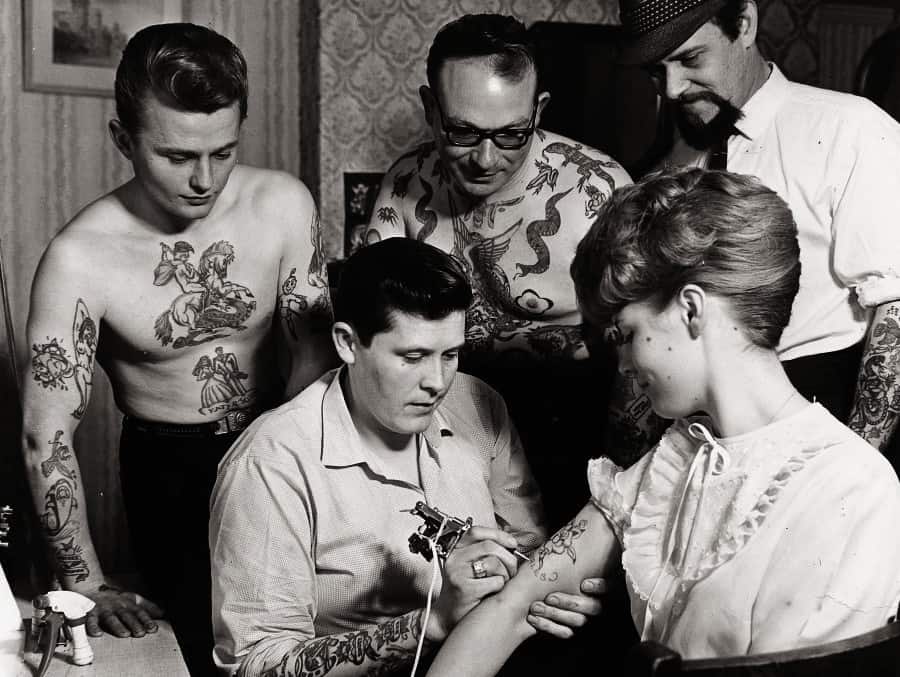
The paintings got more intricate, with depth and shading. However, if you wanted a tattoo, you had to choose a design from the parlor wall rather than designing your own. Those who belonged to biker groups preferred skull and skeleton patterns, while hippies preferred space themes. While they couldn’t create their tattoos, they had various options. During this time, however, rumors circulated that tattoo parlors were to blame for the spread of Hepatitis. This was inaccurate, but it stigmatized the procedure for a more extended period.
The 1980s Expansion
Tattoos, like many other fashion trends of the 1980s, were more prominent and bolder as the decade progressed. The Celtic Knot appeared in various forms and was a popular design. Another famous art style was New School art, which was bright and bold and frequently depicted cartoon figures doing unusual things. The music industry, particularly MTV, which debuted in the 1980s, aided in the spread of tattoos.
1990s Feminine and Global Patterns
The prevalence of tattoos in the 1990s only increased, and many newer designs emerged. Feminine patterns experienced a revival during WWII, with butterflies, flowers, hearts, stars, and other arrangements becoming fashionable. Celebrities such as Mariah Cary influenced fashion with their designs, such as her beautiful butterfly tattoo. Pamela Anderson wore her renowned barbed wire upper arm tattoo, which was imitated worldwide. Tattoos were also employed as a technique of healing in this era. Women utilized tattooing after mastectomies to feel more secure in their bodies and to reclaim them after such an invasive treatment. Tribal patterns were also popular, with people purchasing tribal motifs, Chinese writing, and so on. Later, questions were raised concerning the ethics of having designs from cultures different than one’s own tattooed on one’s flesh.
Tattoos of World War II and Sailor Jerry
As the world went to war, tattooing saw a significant rise in popularity. Men who went to battle frequently acquired tattoos commemorating their unit or patriotic tattoos. Women in their home countries began to develop tattoos to show their support for the war effort. In the same period, ‘Sailor Jerry’ tattoos were popular. These straightforward patterns frequently included hula girls, patriotic themes, pin-up girls, palm trees, and the classic mom tattoo. Norman Keith Collins invented these, and his designs are still used today.
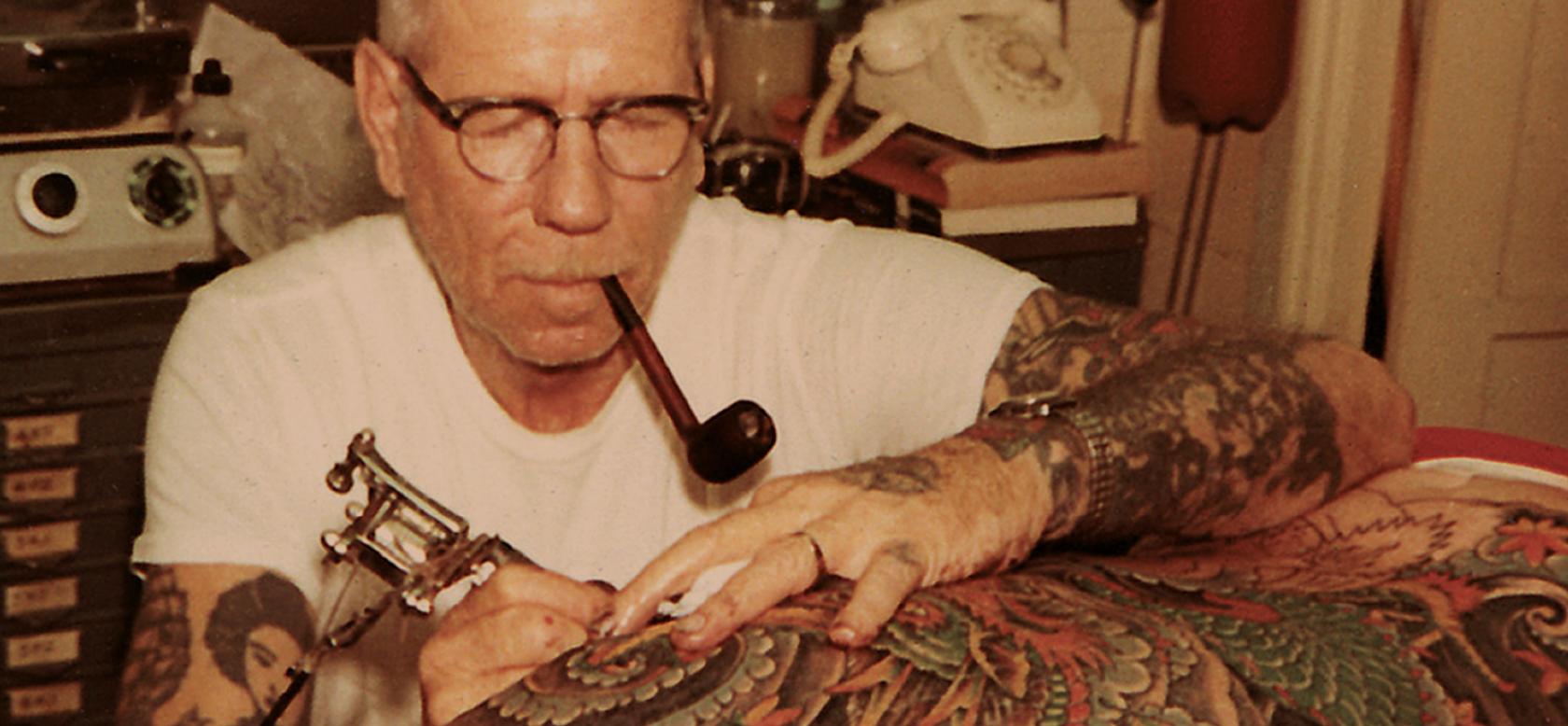
The new millennium and mainstreaming
Tattoos made a breakthrough in the public during the 2000s. This was due in part to the growth of reality television, with TV crews following people into tattoo parlors to watch them receive tattoos. Because viewers saw how personal tattoos were, they became much more popular. Tattoo artists like Kat Von D have become renowned due to these performances. At this point, the lower back tattoo was a popular choice, earning the derogatory epithet “tramp stamp.” These were frequently tribal motifs, flowers, butterflies, and the like. In the same period, finger tattoos became trendy. When mustache tattoos were popular in pop culture, many people chose to have them.

The semi-colon was another popular tattoo that held a lot of meaning for individuals who got it. The semi-colon indicated that a tale wasn’t done, which comforted those who struggled with mental health concerns and suicidal thoughts.
At this point, the concept of the seedy tattoo parlor had disappeared. There were significant breakthroughs in sanitation, and we discovered that tattoos were entirely safe to obtain. As a result, the number of people getting tattooed has increased considerably.
Trends in the Recent Years
Tattooing has seen a variety of developments throughout the last decade. As workplaces reduced their prohibitions on visible tattoos, an increasing number of people got tattooed. Tattoos were no longer considered a taboo practice, and individuals who had them were as professional and regular as anyone else. Many distinct styles of art evolved as well. water coloured tattoos introduced new depths of color to tattoos, resulting in lovely delicate designs on many people’s skin. There was also a biomechanical fad in which tattoos depicted cogs and gears ‘underneath’ the wearer’s skin.

The Tattoo Industry’s Future
What is the future of tattoos? It’s difficult to explain because spotting trends in art is often difficult. Tattoos have cemented their place in the mainstream. Tattoos are becoming more popular among people who would never have considered them. That suggests that all art forms may gain prominence during the coming decade.
Tattoos have been part of human expression for thousands of years. There’s a lot of history in tattoos, from the medical tattoos of Ancient Egypt to the watercolor tattoos that all your friends have. It’s enough to make you want to locate your tattoo artist. Perhaps you’ll be the one to launch the next big thing?
